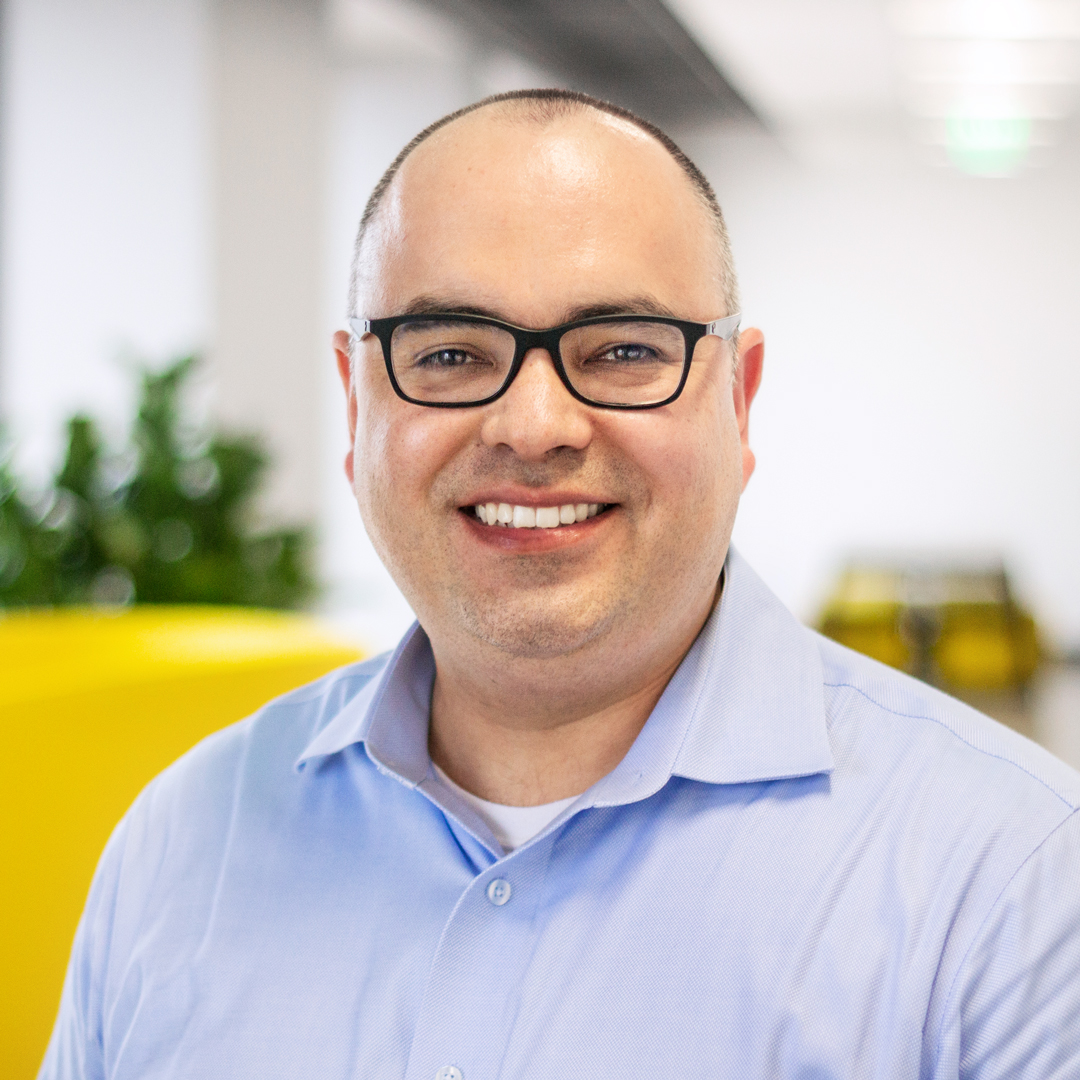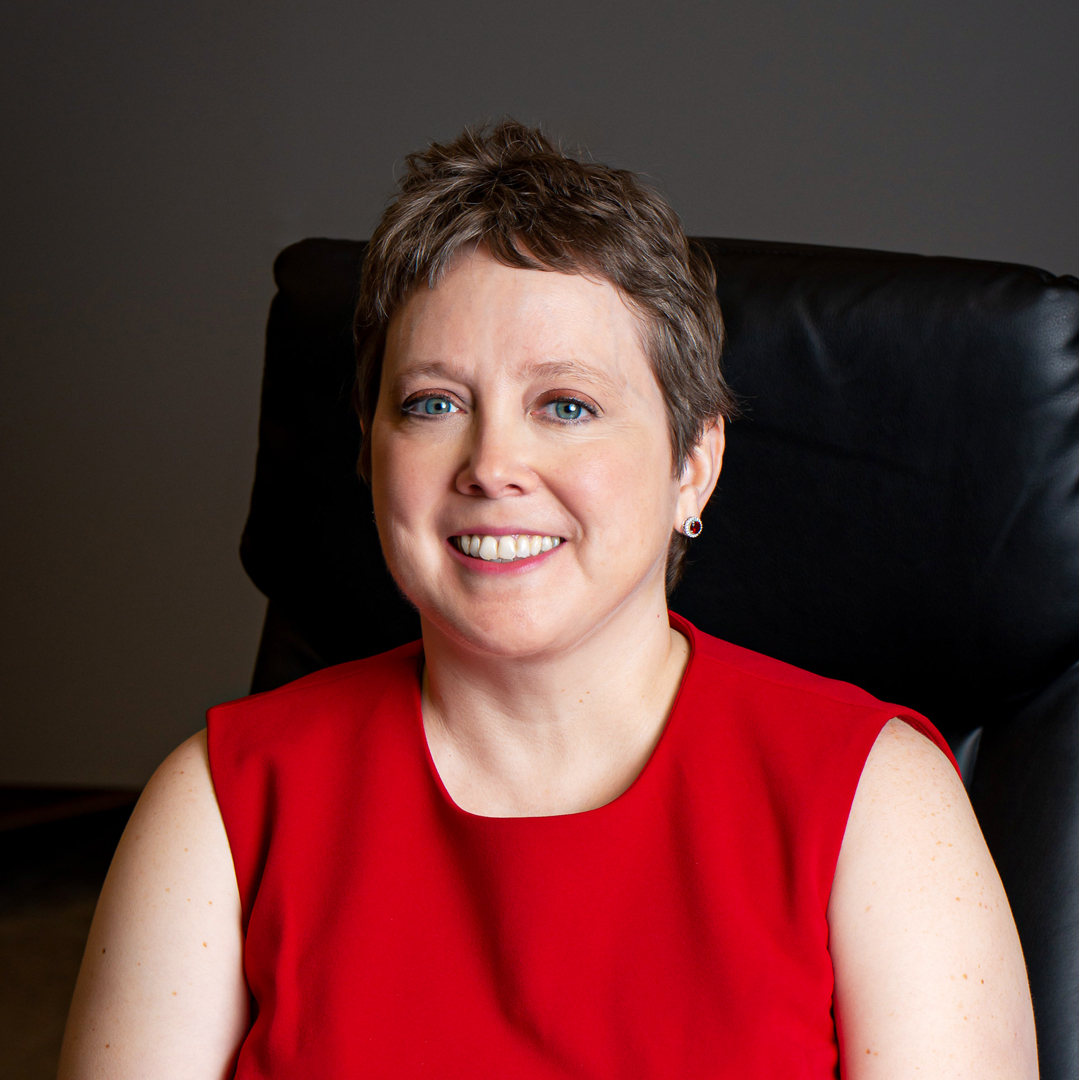|
Getting your Trinity Audio player ready...
|
Real estate developer Howard Hughes Corporation is leading a multiyear revitalization of the Seaport District in Lower Manhattan—approximately 450,000 square feet of culinary, fashion, entertainment, and cultural experiences across several city blocks. This revitalization has presented new challenges in terms of systems, staffing, and internal controls—especially with finance adhering to the requirements of the Sarbanes-Oxley Act. So Howard Hughes sought the services and guidance from Marcum LLP, one of the largest independent accounting and advisory firms in the US.
Two Marcum leaders, Lisa Delfini and Scott Alford, worked closely with Howard Hughes CFO David O’Reilly and Chief Accounting Officer Carlos Olea to build a true partnership between the companies. Delfini, a partner at Marcum, oversaw a majority of the accounting-related work, and as senior program manager and technology advisor with Marcum’s Technology group, Alford was one of three people on-site to identify technology and process challenges.
Delfini and Alford spoke with Profile about the partnership and how Marcum helped the Howard Hughes Corporation with its Seaport District project.
How did Marcum help the Howard Hughes Corporation, and why did Howard Hughes feel Marcum was the right firm for this important project?
Delfini: Howard Hughes’s revitalization of the Seaport District—New York City’s original commercial hub located on the East River, with iconic views of the Brooklyn Bridge, the Statue of Liberty, and the city skyline—presented new challenges in terms of systems, staffing and internal controls.
David O’Reilly and Carlos Olea foresaw that once the Seaport started operating at its planned capacity, the finances would be subject to the robust internal control requirements of the Sarbanes-Oxley (SOX) Act of 2002.
There were three aspects of Marcum’s consulting capabilities that were attractive to Howard Hughes. First, Marcum has a food and beverage industry group that can deliver deep industry insights. Second, Marcum has a CFO and controllership advisory services group, which is a full-service national accounting advisory services practice. I like to say that we can help with anything that a finance organization would ever need. In this project, we initially provided interim controllership resources and assistance with internal control documentation. Third, Marcum has a technology group. It was really the ability of all of these groups to work closely together that appealed to Howard Hughes.
“Marcum seamlessly became part of the Howard Hughes team, which is our goal with any client. We consider it a true partnership.” —Lisa Delfini
What was Marcum Technology’s role?
Alford: Marcum Technology is a full-service national technology consulting firm, and we have a variety of practice areas, such as infrastructure and engineering, cybersecurity services, business application consulting, and application development, to name a few. Our team consists of engineers, project managers, and business consulting experts who guide and advise our clients on key decisions and initiatives to help meet their unique goals and objectives. In this project, Marcum Technology’s initial role was providing system implementation project management.
How did Marcum coordinate the services provided?
Delfini: Marcum had three people on-site, including Scott, who played a key role in identifying both technology and business process challenges and driving integrated initiatives. We also included on the team Lou Biscotti, national leader of Marcum’s food and beverage industry group, and Ethan Brysgel, leader of Marcum’s CFO and controllership advisory services. Lou helped the team deliver on deep industry insights, and Ethan is a SOX subject matter expert. I oversaw much of the accounting-related work, coordinated with the Marcum Technology team, and was Carlos’s main contact for Howard Hughes. I was in frequent contact with all of our team members.
Gaining an understanding of what Carlos and Howard Hughes wanted was key, but as we started to do the work, I guided the team members to ensure that we were proactive and connected. In addition, we had a biweekly internal team meeting where we each shared what we were doing, what we were learning about the company, and how to make sure we were meeting their needs.
How did Marcum integrate with the Howard Hughes team?
Delfini: After we had been working with the Howard Hughes team for about a month, Carlos and others at the company saw additional needs that we could support. Because the Seaport was in the beginning phase of its revitalization and looking to ramp up quickly, Marcum stepped up.
We added projects for documentation of information technology internal controls for SOX purposes; a review of account reconciliations; an assessment of how the restaurants at the Seaport should handle discounted and complimentary meals; development of a restaurant and retail impairment testing model under ASC 360, Impairment of Long Lived Assets;reconciliation among the Seaport’s point of sale (POS) system, cash receipts and revenue; and a review of the accounting staffing levels.
Howard Hughes holds an annual accounting summit, and Carlos asked us to present to his team on the importance of account reconciliations and restaurant accounting.
“I like to say that we can help with anything that a finance organization would ever need.” —Lisa Delfini
What were the most difficult aspects of the engagement?
Alford: The Seaport District is a mixed-use operation with restaurants, retail stores, catering operations, and various locations for special events, along with an award-winning open-air performance venue that is home to the Summer Concert Series on The Rooftop at Pier 17 and transforms into the city’s largest open-air rooftop ice skating rink during the winter.
Establishing systems that met the individual needs of each separate operation, while interfacing with Howard Hughes corporate systems and maintaining SOX compliance, was a challenge. We worked closely with Howard Hughes VP of Hospitality Technology Giancarlo Fiorarancio and his IT team to help implement SOX-compliant systems in all operations. These systems included point-of-sale, catering, and purchase order/inventory management, all of which were integrated into the company-wide JD Edwards ERP system.
What did Howard Hughes find most helpful in your service delivery model?
Delfini: Marcum provided an integrated team of experienced professionals from our accounting, technology, and SOX groups. Through regular formal and informal meetings with senior client operations leaders and with Carlos and his finance team, Marcum was quickly able to identify roadblocks and help resolve issues. Marcum seamlessly became part of the Howard Hughes team, which is our goal with any client. We consider it a true partnership.
Howard Hughes is in the midst of a multiyear initiative to expand and enhance hospitality facilities in the Seaport District. Marcum will continue to collaborate with the Howard Hughes Corporation to assist in implementing compliant systems and processes to support these new endeavors.

